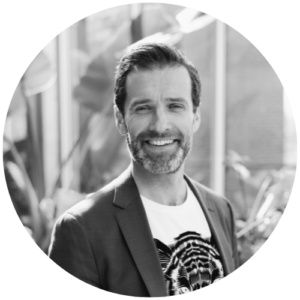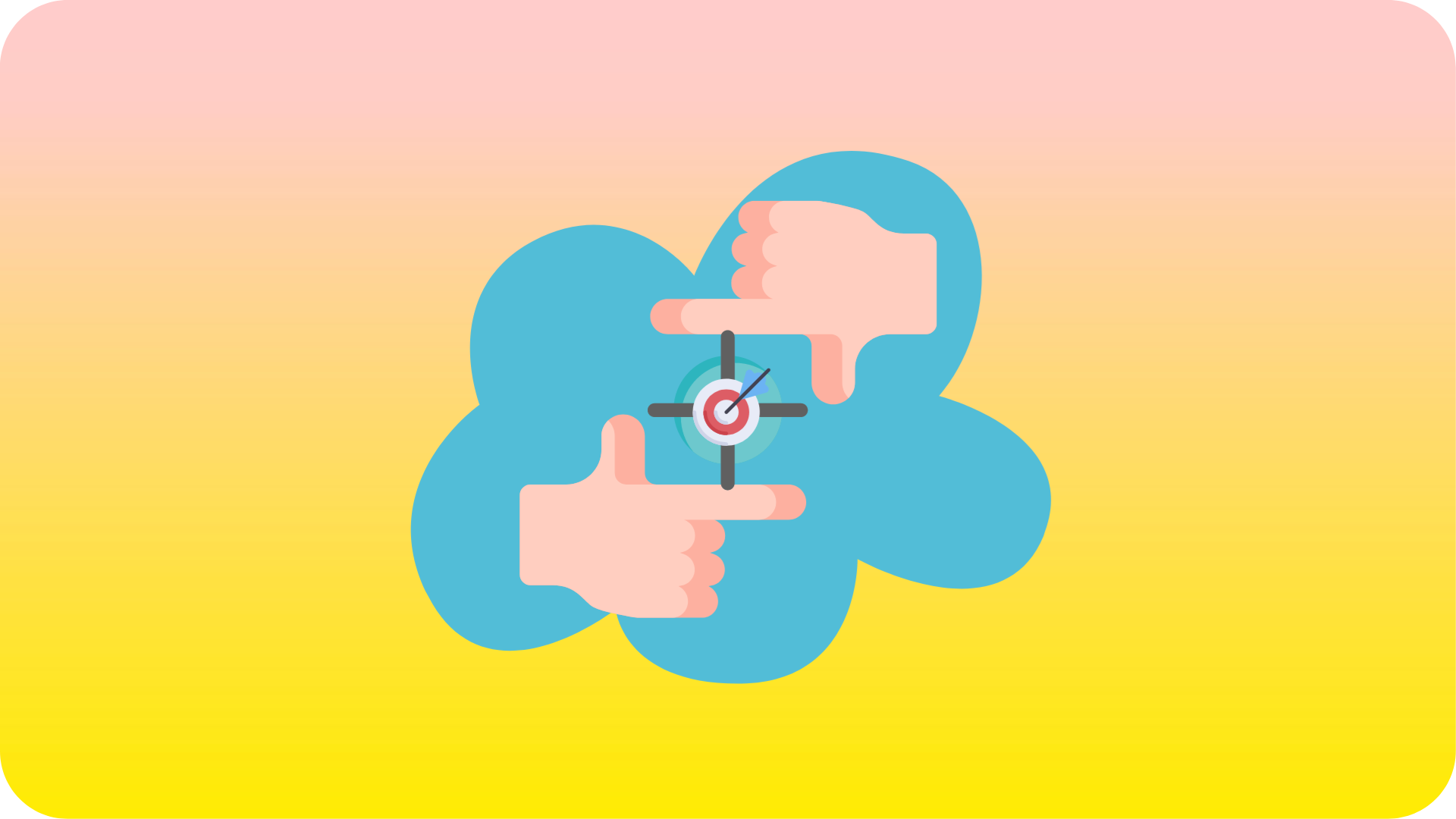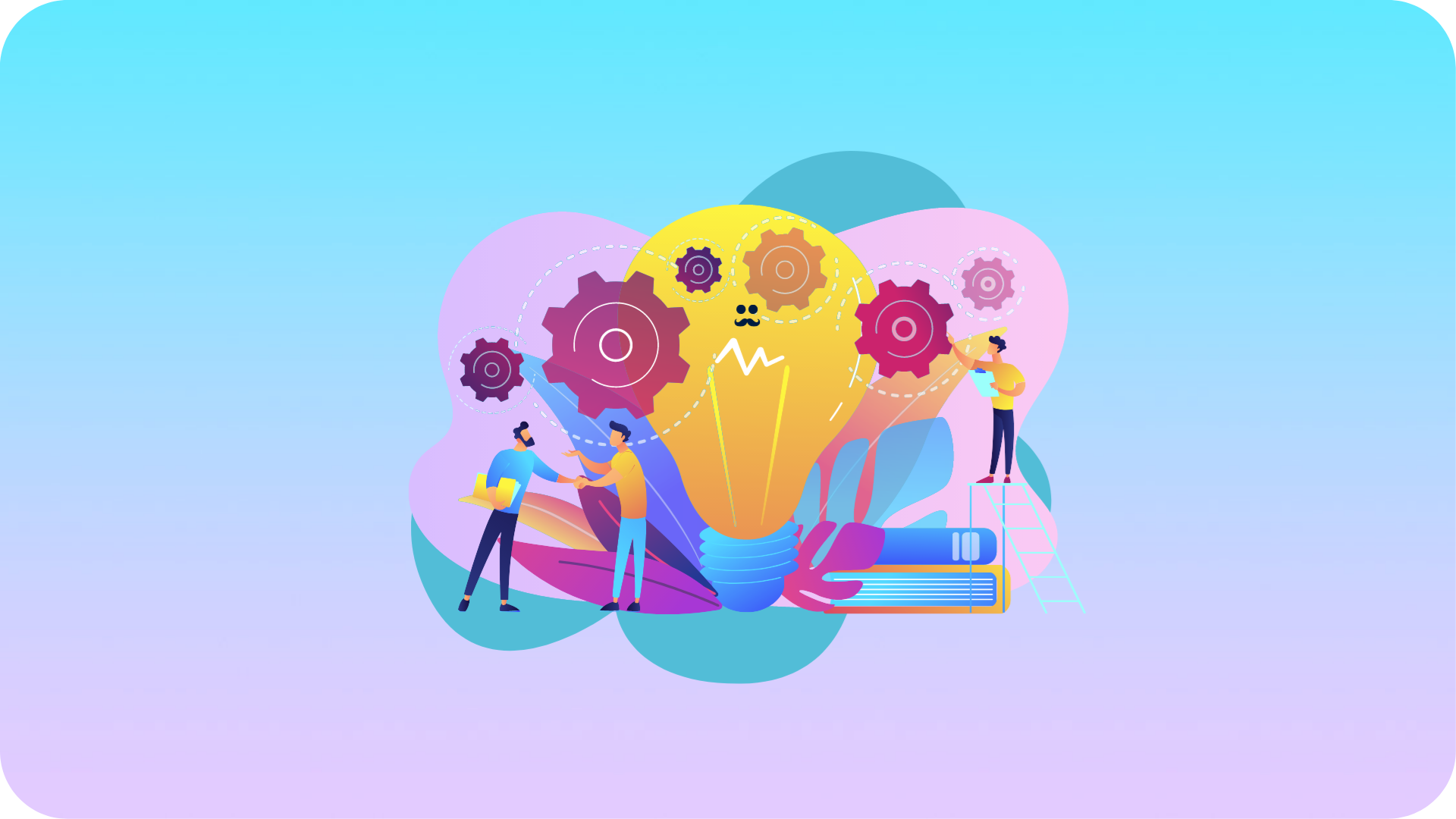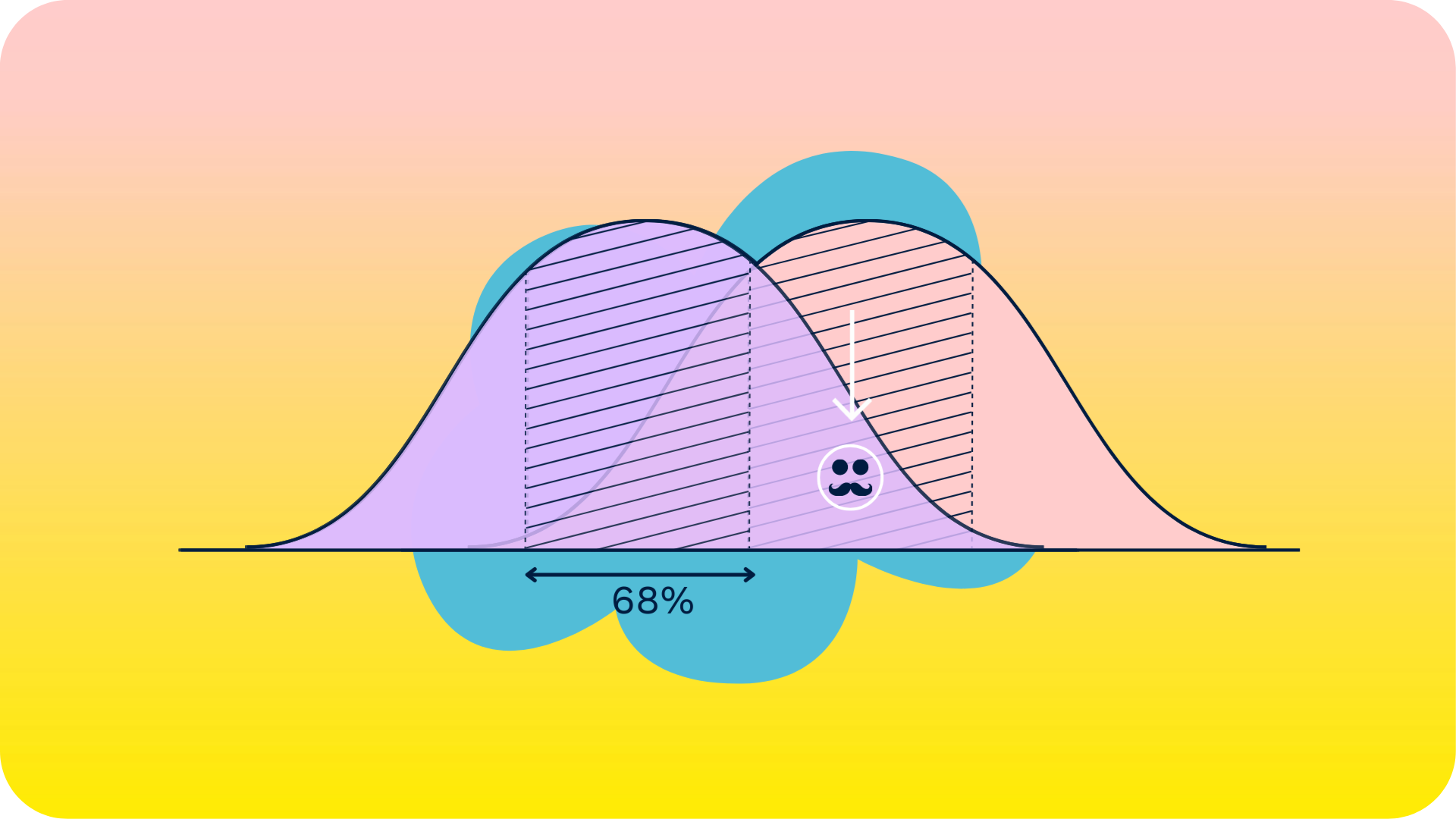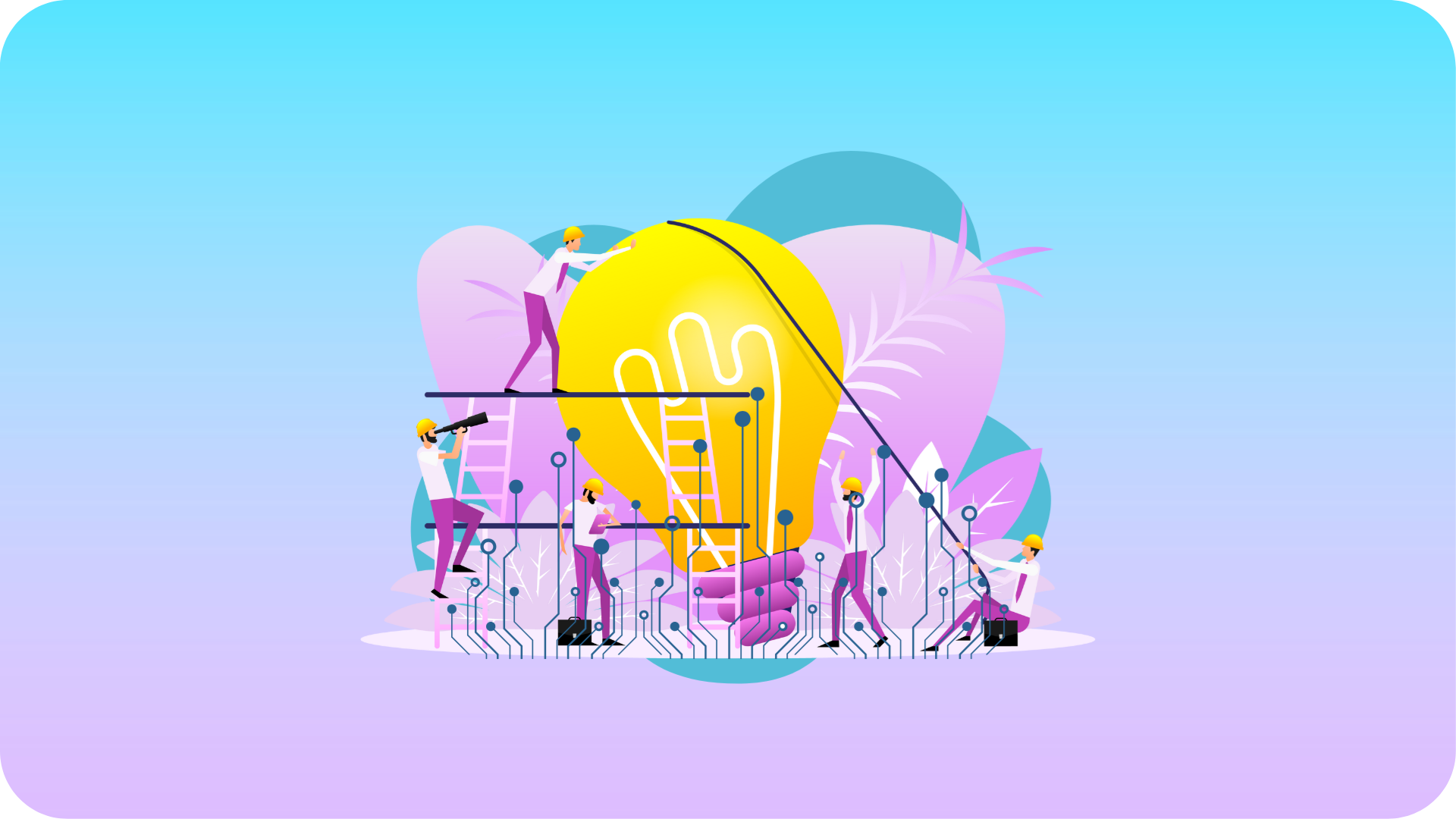A cone of possibilities
We are named after the German mathematician and professor Hermann Minkowski. In his work he stated that the future possible positions in time and space of any particle lie within a so called ‘cone of possibility’. In our work for clients we use this as a metaphor to map the possibilities of an organization in the future and help them apply it to their business today.
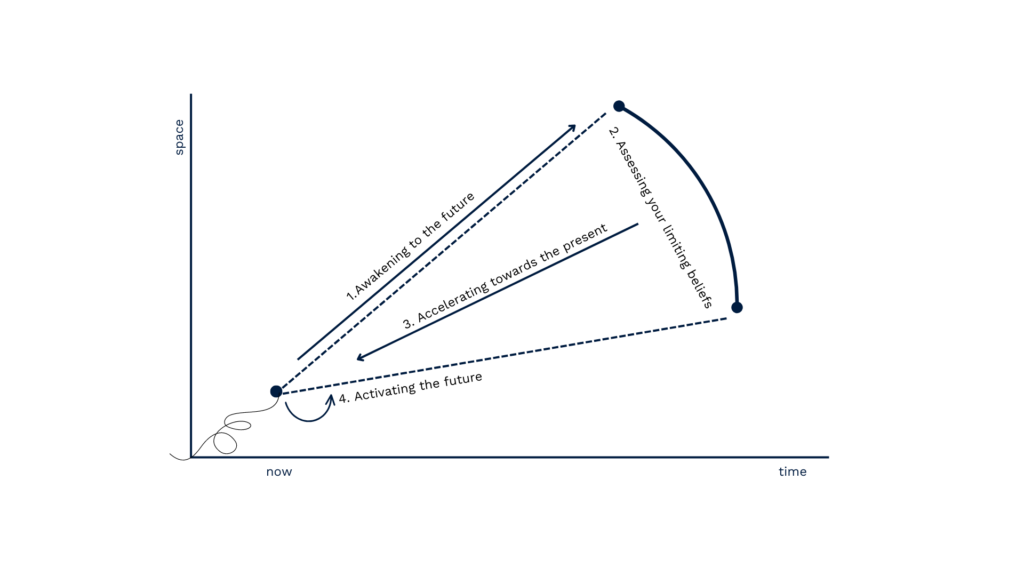
Four steps
To develop a plan of action based on this it is essential to understand what the future will bring and identify what is and what is not possible for your organization. Those choices and decisions define what your ‘cone of possibility’ is and determine what the best course of action is. In our work we do this in four steps:
- Awakening to the future: in this step we explore the future and help you see it through four different lenses. These 4 perspectives on the future come from the four ways people are able to make sense of the world and reason what is possible. These are the only ways humans have ever done this. When you consciously use them to explore the future you will wake up to new futures. For this step we collaborate with many different experts, scientists, scholars, futurists and innovators. The four perspectives are:
- using their brains to think rationally about it;
- using their senses to experience it;
- using their intuition and gut instinct to feel what is possible;
- or their desires to sketch out what they want the future to be.
- Assessing your limiting beliefs: from that giant leap into the future you have to assess what is possible for your organization. Some possibilities simply don’t make any sense for your organization compared to your company’s DNA or identity. Your heritage is an important element here, but this step is also about being confronted with your own tunnel vision. What you believe you are and what you ought to do or not very often limits organizations in identifying new possibilities. In this step you identify what you want your company in the future to be and how to get there. We spend time in developing so called ‘moonshots‘ with organizations using various methodologies such as ‘stories for change’.
- Accelerating towards the present: now that you have defined the width of your cone of possibilty for the far future, you can start to think differently about what is possible today. This step reverses the approach to the future. You no longer have to walk backwards into the future, instead you walk forwards to your present. One essential ingredient in this step is to identify the most relevant questions for the future so you can start to engage with your organization around these questions for innovation.
- Activating the future: that process then gets you back to the present where you start to work on activating the future in your organization. You don’t do this by jumping to the future. You do this by taking a first step on your identified road towards the future. You act in accordance with where you want to go and with an understanding of what is possible for you today.
Applied futures approach
We sometimes depict this process also as a circle as we see it as an ongoing journey. The future is always changing and nobody can predict the future. Each step you take alters your current position in Minkowski’s cone of possibility. As a result what is possible for you is then altered as well. For us is these 4 basic steps are a way of being and acting in the world.
Every program design we make is based on these four steps. Nevertheless it doesn’t mean you have to start with step one. Many of our clients have done extensive research in what is relevant for them in the future. Then we skip the first step. Some of them have already assessed what they want and what’s possible. Then we start later on in the process. Others only want the wake-up call and assess themselves what it could mean, etc. It becomes trickier when you want to skip steps or work in reverse order. In our work we’ve come across organizations that do this. When you are very action oriented for instance, but forget to look at where you are going, you can loose a sense of direction. Then your entire organization can get burned out.
If you want to map the possibilities of your organization and use applied futures as an approach get in touch with us. We customize every client engagement to best fit your goals.
